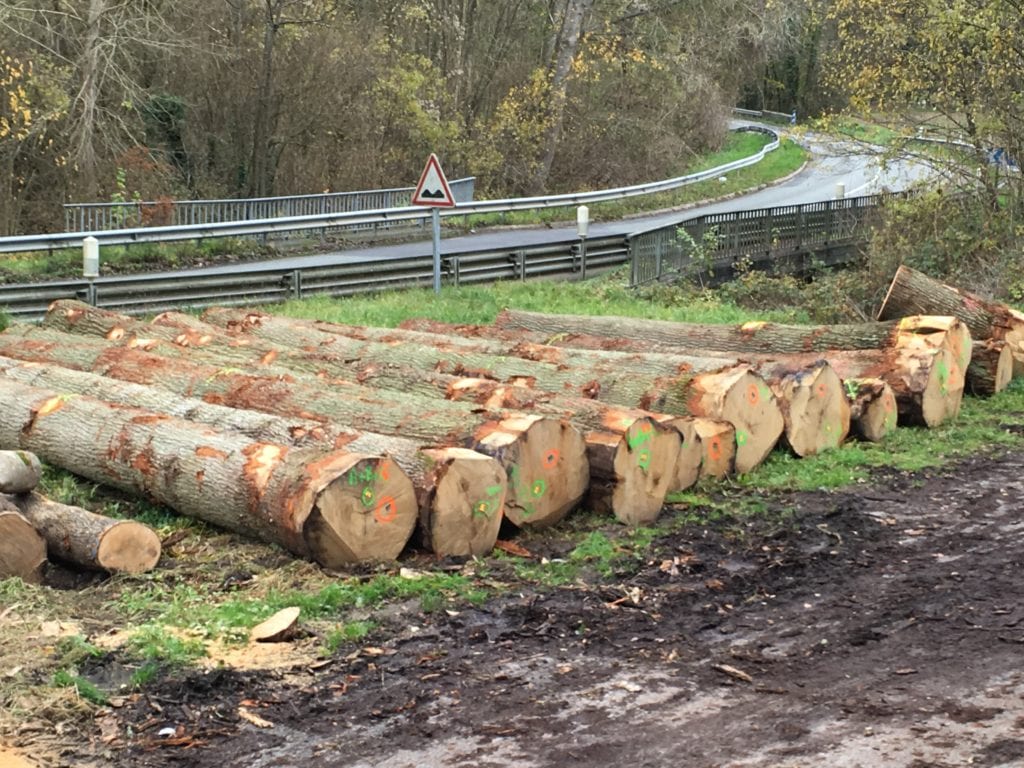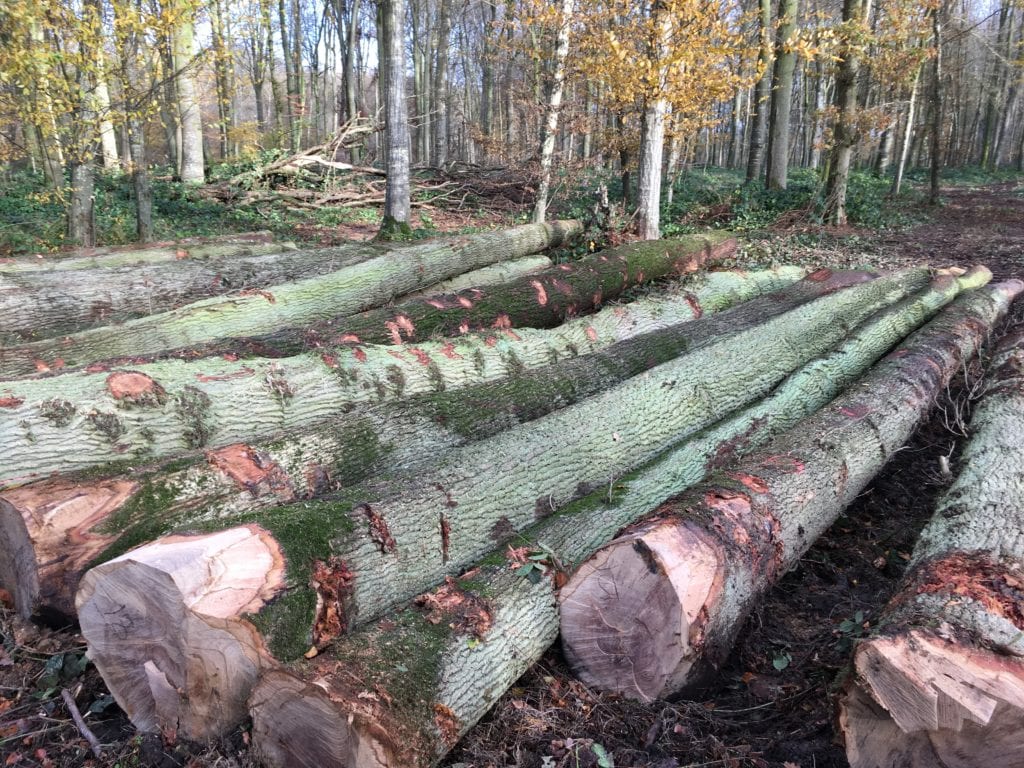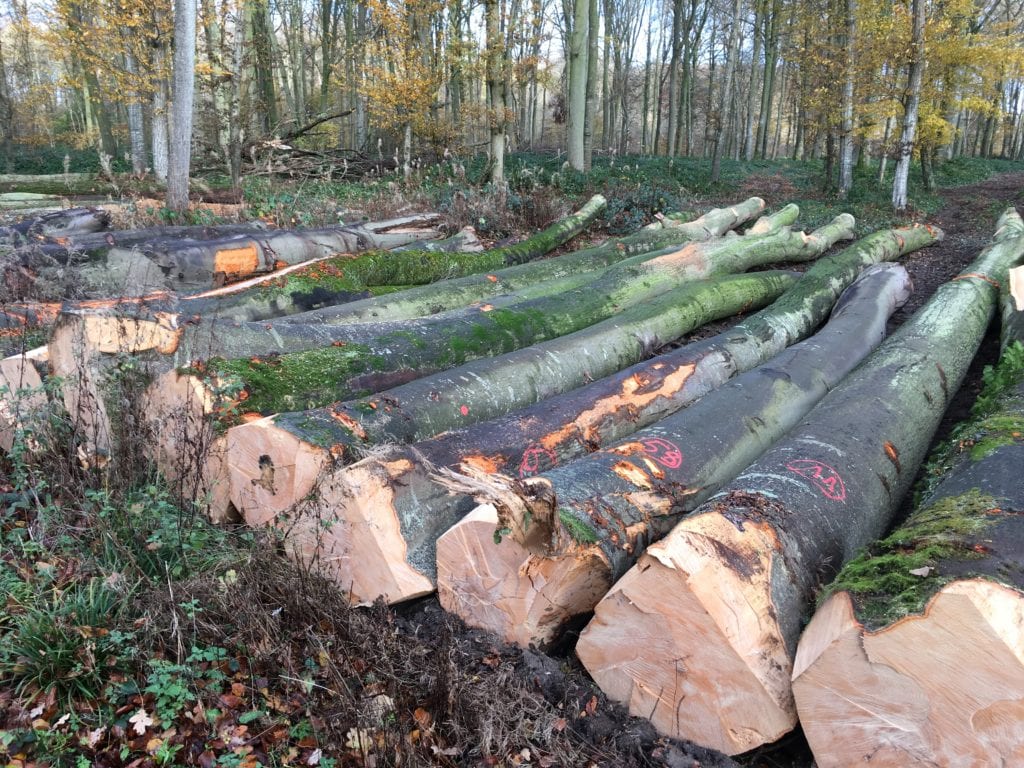Post Brexit Impact on UK Timber Trade – An Expert’s Thoughts
By Dave West
The full impact of Brexit is still not really clear, even though we are only a few months away from the end of the transition period. When the result of the vote was announced, many of us who rely heavily on trading with Europe were disappointed, given the relative ease of the current method. For WL West & Sons Ltd, buying and moving timber from Europe has become second nature. Indeed, being located near to the south coast it is often easier to bring material across the channel than move it from the North of the UK.
What will the impact of Brexit be? Now that the UK has left the EU, these are the provisions we need to consider in case of a No-Deal Brexit.
Regulations
One of the first changes will concern timber regulations. The European Timber Regulations became law in March 2013, mandating anyone trading timber or timber products to prove the legality of the timber.
The regulation splits companies into two different categories: TRADERS, who purely buy within the European Union; and OPERATORS, who import timber into the European Union.
WL West & Sons Ltd fall into the TRADERS category.
OPERATORS have to ensure that they have completed Due Diligence on their sources and written procedures and proof of the Due Diligence. Part of the system looks at countries that are seen as having a higher potential risk of supplying illegally felled timber. A lot of work is entailed in meeting the OPERATORS legal obligations. Currently, less than 12% of timber entering the UK is in the OPERATORS category.
Meanwhile, TRADERS who buy within the EU trade have to keep accurate records of purchases, sales and species, even though the timber is often temperate and sourced from within Europe anyway. A high proportion of Europe is seen as Low Risk, so this system is fairly easy to operate. Indeed, 88% of timber by volume is purchased from the EU.
Leaving the EU does not mean these regulations go away. Instead, they are being merged into the UK Government Statute Books and will be known as the UKTR. What this means for the TRADERS category is that we now will be classed as OPERATORS, meaning we will have to undertake due diligence for any timber arriving from anywhere outside of the UK. Of course, as members of the Timber Trade Federation (TTF), we already meet our legal obligations with the Responsible Purchasing Policy, which is annually audited and has been designed to meet the obligations of the EUTR/UKTR.
Logistics
Having enjoyed a free trade system for decades, we will now have to make customs declarations on everything we import from the EU. Presently, there is a school of thought that we may also see hold-ups at the ports slowing down what is currently a pretty seamless service. However, only time will tell on this.
VAT
Currently, goods from the EU only attract VAT when they are sold to the final customer. Leaving the EU will mean that VAT will have to be paid following receipt of the goods. The UK government has introduced postponed accounting for import VAT, meaning that imported goods will be able to be accounted for on the VAT return. But this is likely to be a short term solution.
Duty Rates
With a No-deal Brexit, we will be trading under World Trade Organisation rules, and duty for imports will be made. Luckily at present, the commodity codes for wood and wood products are listed as 0% duty!
This is a high-level look at some of the issues that will impact on the timber industry in the case of a No Deal Brexit. It is frustrating that so close to the end of December we still do not have a clear path forward. Some of the changes have a cost behind them and companies are reluctant to spend too much, in case reaching a trade deal is still possible.
Politicians, however, appear to not be fully in touch with businesses and the vast cost of these changes. It is quite possible that we will see further price increases as we enter the full force of Brexit.
For more timber-related news, tips and updates, follow us on Facebook, Twitter, or Instagram.
Liked this article? More like this:
Best Woodworking Machinery – The MEBOR HTZ 1400 Extreme 20 Sawmill
What is Joinery? The Difference Between Carpenter and Joiner






